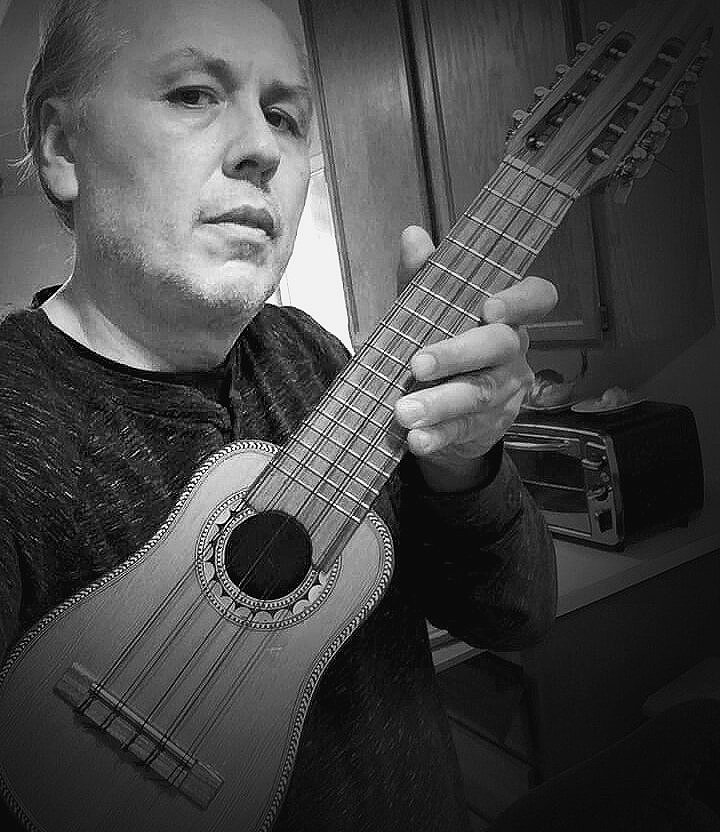My Journey to A New Song - Music of family myths and connection to my Chilean roots
Original Version
Video Short - English Version
The Nueva Canción (New Song) movement began in South America in the late ’50s. However, its roots took a firm hold in the early ’60s as a proactive campaign that contested the political dictatorships of the times.
In Chile, after the 1973 coup that deposed the government of the first freely elected Socialist president, Salvador Allende, dictator Augusto Pinochet outlawed the playing of many Andean instruments to suppress the movement.
Me and my Andean Charango
These native instruments are an essential ingredient to this musical stew. By integrating the middle-class European culture, specifically Spain, with indigenous Mapuche communities, the New Song movement created a unique musical style. It became the unifying element that denounced political oppression throughout South American as Argentina’s Mercedes Sosa and Uruguay’s folk singer Daniel Viglietti joined Chile’s musical influence.
During these difficult times in Chile, artists and professionals – many former political prisoners – went into exile to Canada, Europe, and the U.S.
Me and Mino Fernandez jamming in Berkeley. Photo by José M. Osorio
The Bay Area received activist-musicians who established La Peña Cultural Arts Center in Berkeley, California.
I had hair!
Photo by Bryan Wiley
I began to visit La Peña back in the early 90s, where family and friends gathered for art shows and live musical and theatrical performances. Watching various Latino music groups perform classic acoustic standards shaped the evolution of my songwriting and my guitar playing from electric to classical acoustic.
A fusion of the East Bay rock sound I grew up with, and my love for La Nueva Canción never came to fruition as I would have liked. Songs written during this time just lost their creative steam. As the years went by, I would record and save snippets of chord progressions that would eventually act as the foundation of this project. This work will establish a new branch of this movement, which is a crucial aspect of its native roots.
These original songs build on the musical legacies of Chilean folk legends Violeta Parra and Victor Jarra along with Los Prisioneros, Chile’s most substantial socio-political rock band. I consider them Chile’s equivalent to The Clash from England. Along with the progressive sounds of Los Jaivas, one of the most important and influential Latin American artists of all-time, plus the indigenous rock style of Sol y Lluvia. All were influences that shape this album–La Nueva Canción de la East Bay.
“A NEW branch of La Nueva Canción Movement.”
MIGUEL ANGEL OSORIO








